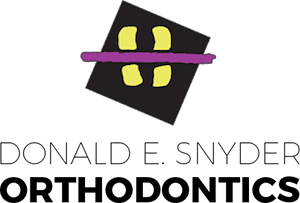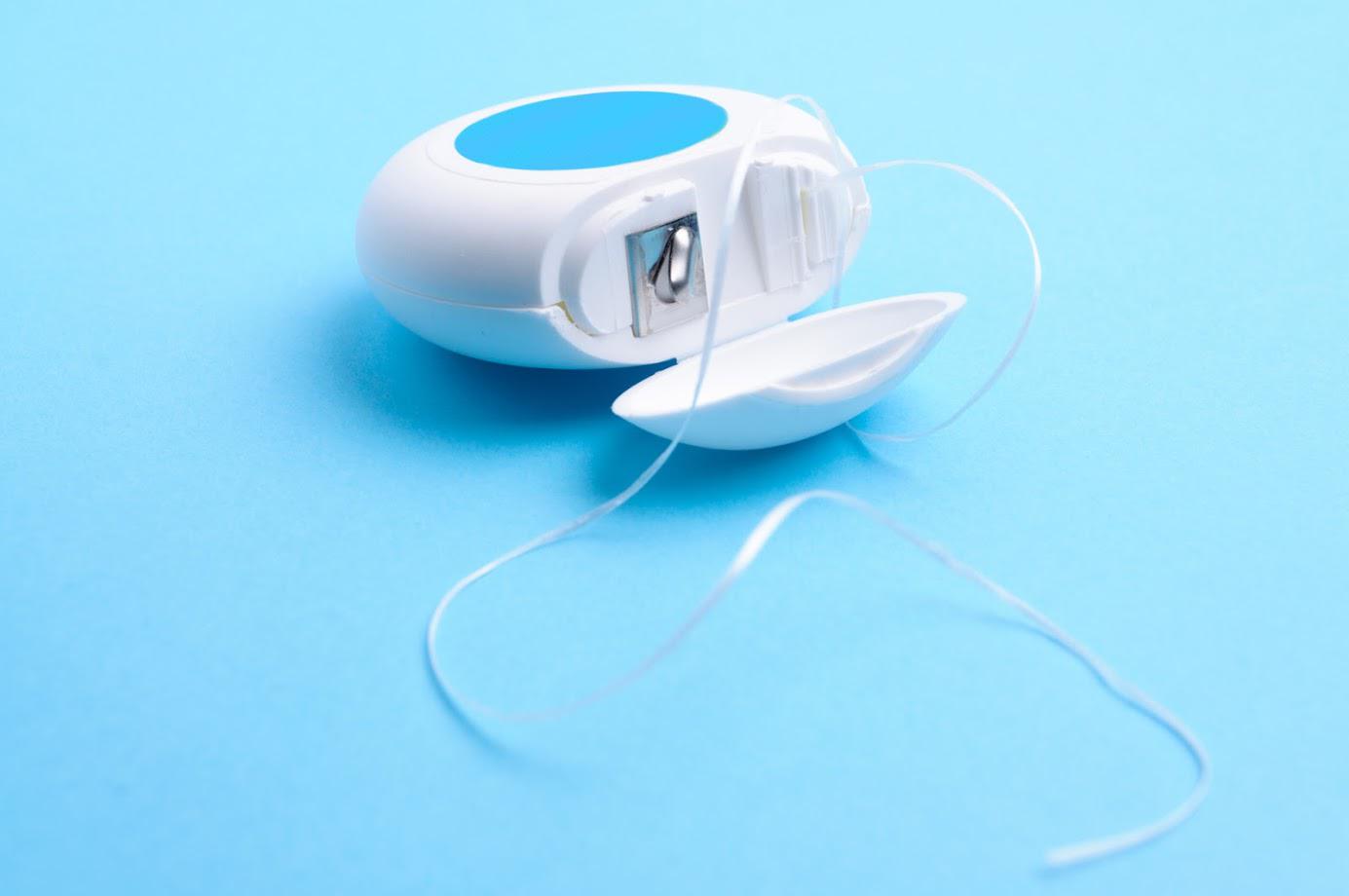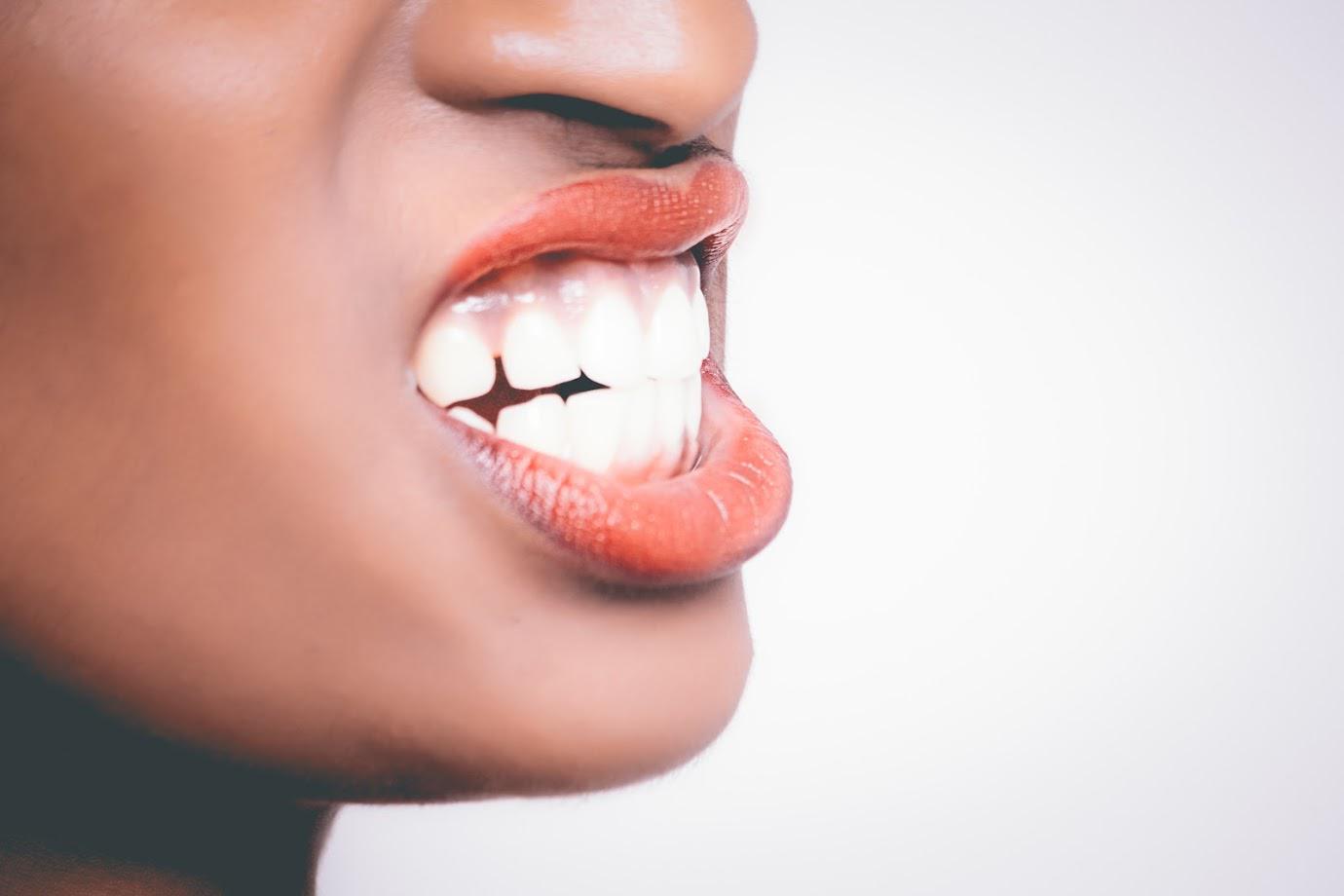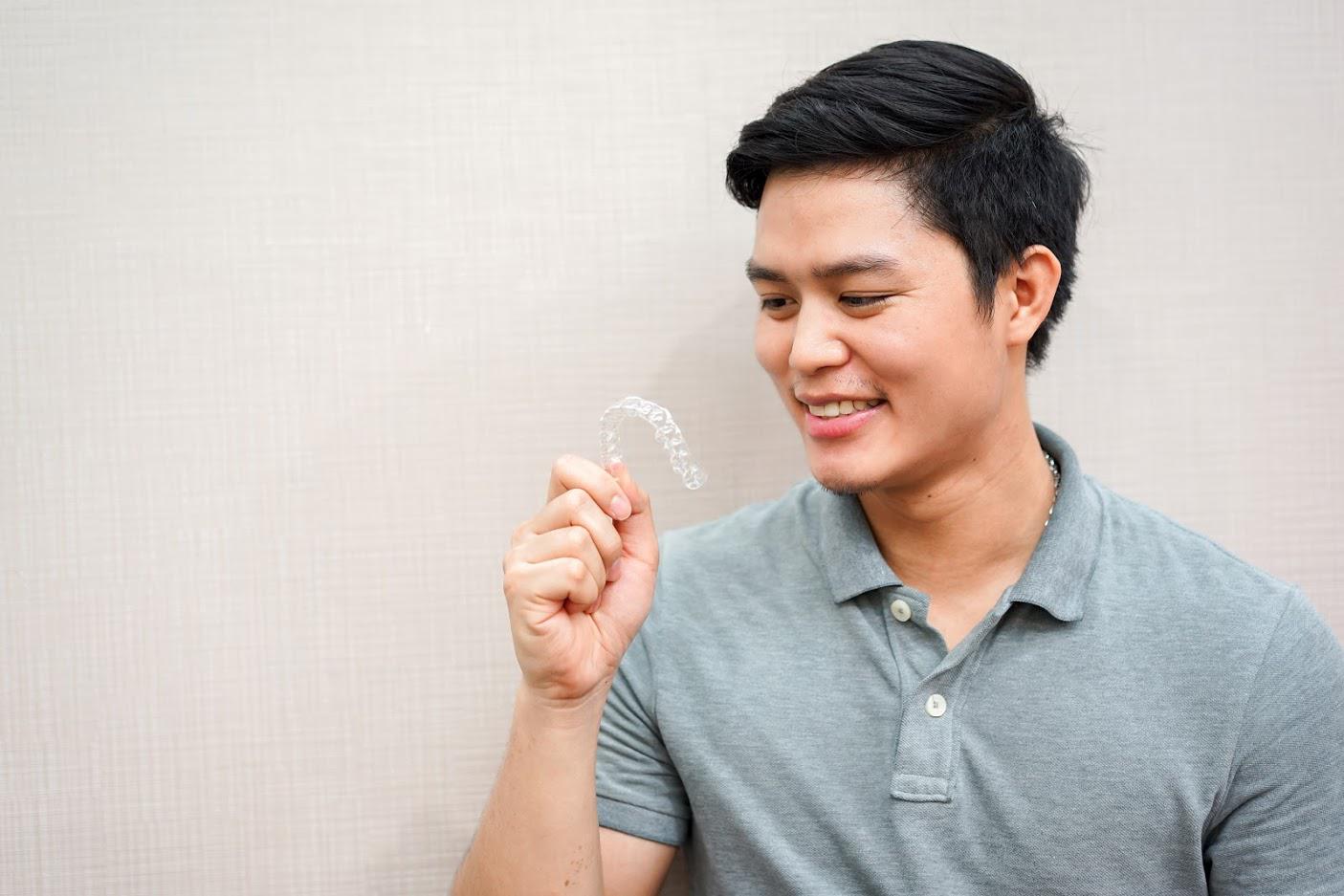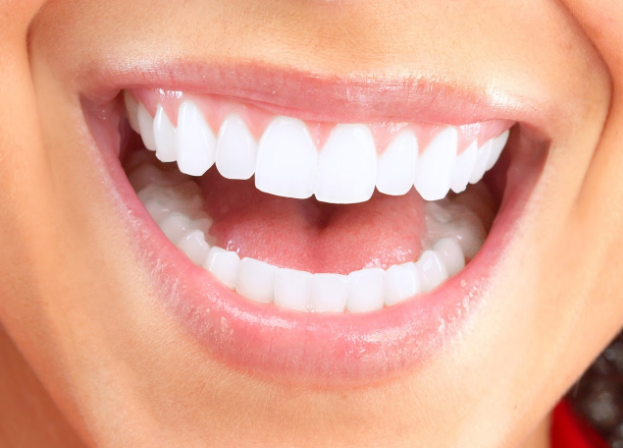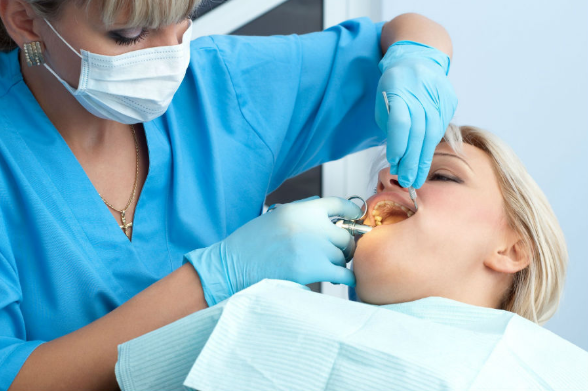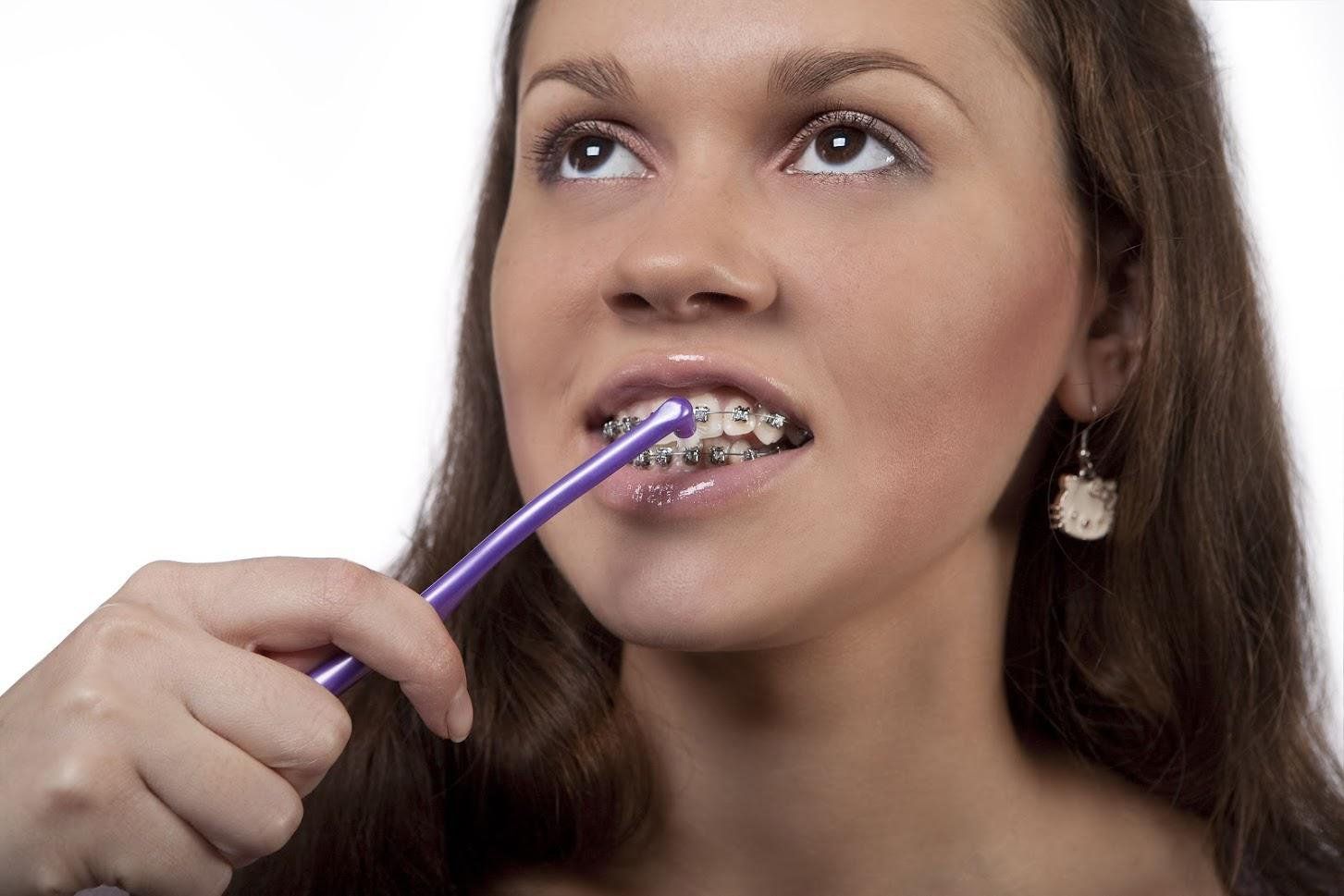GET THE SMILE OF YOUR DREAMS
Specialist in Orthodontics in Fresno, CA
Common Bite Problems & Their Treatments
- By Admin
- •
- 07 Dec, 2018
Bite problems occur when the top and bottom teeth do not fit together properly. Not only can bite problems be unsightly, but they can also cause trouble speaking and chewing. In addition, bite problems can cause occlusal disease.
Occlusal disease occurs when the excess pressure a bad bite places on certain teeth causes other dental problems, such as a wearing away of the surfaces of teeth and/or even a slow loosening of teeth until they fall out.
If your child has a bite problem, then having the problem diagnosed and corrected at a young age when it is most easily treatable is typically best. Read on to learn about two common bite problems and their treatment options.
Overbite
Nearly 70 percent of children who suffer from dental disorders have overbites. Overbites can occur due to genetics or habits, such as thumb sucking.
The two main types of overbites are dental overbites and skeletal overbites. A dental overbite occurs when the top and bottom jaw align properly, but the front teeth protrude over the bottom teeth too much. A problem with jaw alignment causes a skeletal overbite.
The treatment needed to correct an overbite depends on the type and severity of the bite problem. Treatments for overbites include.
Metal Braces
Metal braces in combination with elastic bands can correct some overbites. These elastic bands gradually pull the top jawbone back to align it with the bottom jawbone.
Clear Teeth Aligners
While clear aligners rarely fixed bite issues in the past, they can now fix some bite issues when you use the proper aligner attachments with your aligners. Your orthodontist will temporarily adhere these attachments to your teeth. Then they'll anchor elastic bands to the attachments to gradually pull your top jawbone back into proper alignment.
Surgery
Some severe overbites in children must be corrected with jaw surgery. However, adults are more likely to need surgery to correct overbites because their jawbones have finished developing and are more difficult to correct with orthodontic appliances alone.
Corrective jaw surgery for an overbite is typically performed by moving the lower jaw forward or the upper jaw backward after making an incision in the jaw through the mouth. The jaw is then anchored back into place permanently with screws and plates.
Some overbites are best corrected with more than one treatment, such as a combination of surgery and braces.
Open Bite
An open bite occurs when there is a gap between the top and bottom front teeth when the jaw is closed. If your child currently has the appearance of an open bite yet still has some of their primary teeth, then don't panic - temporary open bites can develop when a child's mouth is filled with both primary and permanent teeth.
You can determine if the open bite is due to a jaw misalignment or simply your child's mix of teeth by taking them to an orthodontist for diagnosis.
The best treatment for an open bite varies based on its cause and the age of the person suffering from the bite problem. An open bite in a child or adult caused by overgrowth of bone in the jaw above the molars is often treated with surgery to remove the excess bone tissue.
An open bite caused by a bad habit, such as tongue thrusting or thumb sucking, in a child who still has some or all of their baby teeth can often be prevented in adult teeth by correcting the bad habit before adult teeth fully emerge.
Braces can often correct an open bite in a child or adult that is caused by a simple misalignment of the teeth.
If you suspect that your child may have a bite problem, then contact our staff at Donald E. Snyder Orthodontics to schedule a consultation to discuss your child's treatment options.
